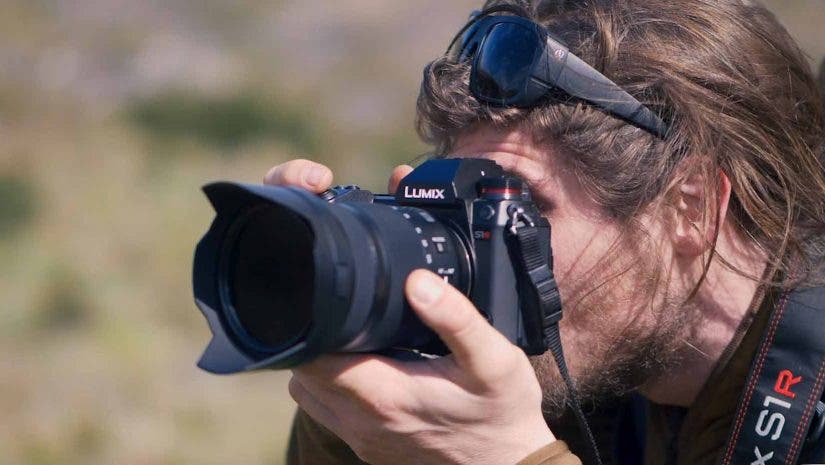PANASONIC
 Lumix S1 and S1R full-frame mirrorless
Lumix S1 and S1R full-frame mirrorless
Panasonic first announced its Lumix S1 and S1R full-frame mirrorless cameras last year, but now the company is sharing the full details of two products it hopes will be recognized for their photo chops just as much for Panasonic's well-known video strengths. The formula is something we've seen from both Sony and more recently Canon: one of them is a high-megapixel resolution beast that's aimed at pro-level photographers - the 47.3MP S1R in this case - and the other is a more well- rounded camera for a wider audience of hybrid shooters. That's the 24.2MP S1, which will retail for $ 2,499 (body only) or $ 3,399 with a 24-105mm lens. The S1R body costs $ 3,699 or $ 4,599 with the same lens.
 Both use the L-Mount, a system owned by Leica with Panasonic and Sigma the licensees and members of the L-Mount Alliance. To start, Panasonic is releasing three launch lenses:
Both use the L-Mount, a system owned by Leica with Panasonic and Sigma the licensees and members of the L-Mount Alliance. To start, Panasonic is releasing three launch lenses:-50mm f / 1.4 S Pro for $ 2,299. This is the lens that Panasonic says delivers its highest-quality optical performance of the bunch and is best in sharpness, bokeh, contrast, etc.
-70-200mm f / 4 S Pro for $ 1,699
-24-105mm f / 4 Macro for $ 1,299. This is the lens kit that will be offered alongside the S1 and S1R. It is not part of the S Pro series, but it does have the unique ability to take macro shots from just under foot without having toggle to focus switch.

/cdn.vox-cdn.com/uploads/chorus_image/image/62978844/cwelch_190123_3204_0012.0.jpg) Even so, the S series cameras are substantially heavier than the Nikon Z and Canon EOS R, and you can feel the difference. Leica "to signify quality.
Even so, the S series cameras are substantially heavier than the Nikon Z and Canon EOS R, and you can feel the difference. Leica "to signify quality.

The S1R is being targeted at first and foremost photographers. It's for pros taking landscapes and other shots where every bit of detail counts. Panasonic's pricier S series has a native ISO range of 100 to 25,600. And if 47.3 megapixels somehow are not enough for you, you can enable the camera's high-res mode to get a gigantic 187MP RAW file. That comes out to a resolution of 16,736 x 11,168 pixels. As with the G9, Panasonic accomplishes this hi-res mode by shifting the sensor eight times by half a pixel to create a 4x resolution increase. For video, the S1R can record up to 4K at 60p, but it captures that video at a crop and uses pixel binning to ease stress on the processor from all those pixels.
Chris Welch


No comments:
Post a Comment